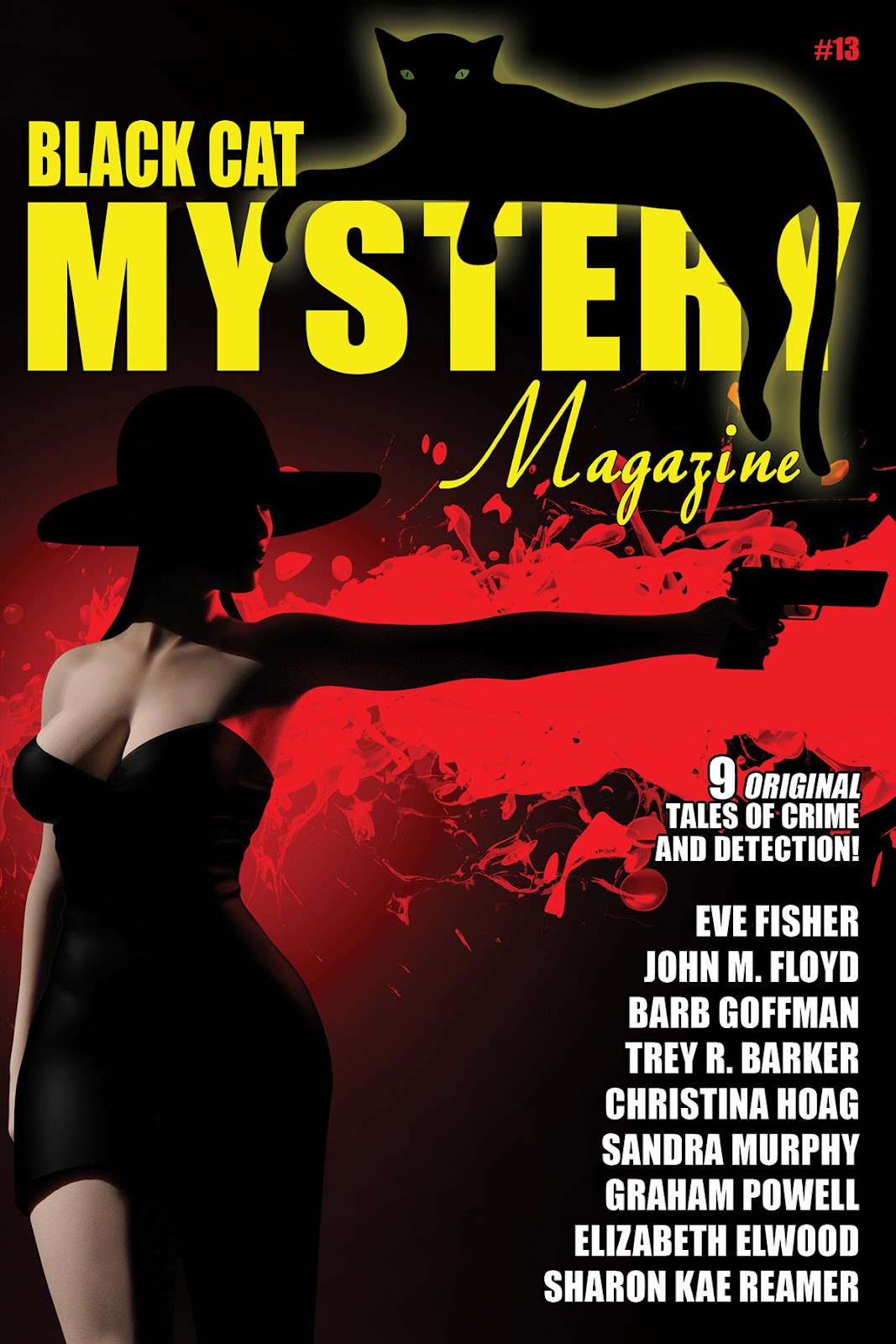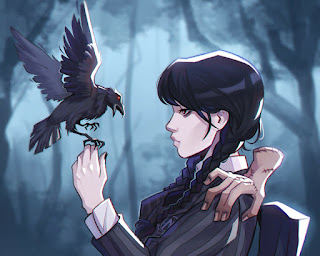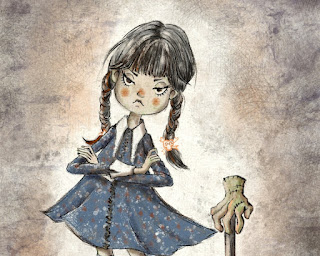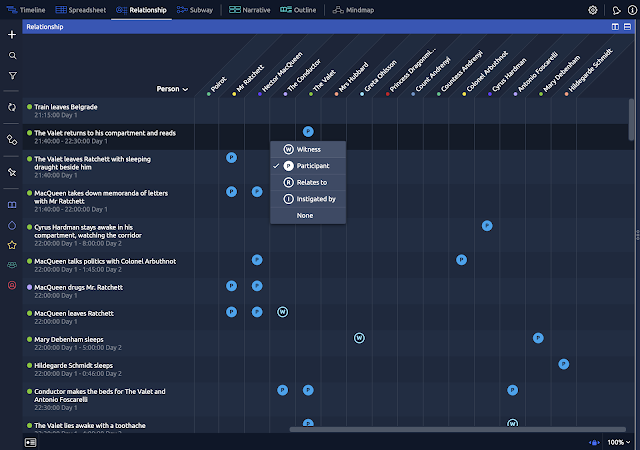Memory is the treasury and guardian of all things.
– Marcus Tullius Cicero, On the Orator
My brother-in-law has a saying. "With family, it is best to have a short memory."
I was thinking about this quote during a recent conversation I had with my wife. She showed a photo of something and I asked her what it was. She said to me, "I showed you this thing just the other day.
I responded with an intelligent, "You did?"
And she said, "Yes, and you said at the time, 'Looks exactly like I pictured it.'”
I have no memory of this conversation. Or had no memory of it, until my wife reminded me of what I said. And I think this is an interesting illustration of how tricky human memory can be.
And what’s even trickier is trying to write human memory in all of its forms: straight remembering; having some thing tickle at the back of your skull, but you can’t quite put your finger on it; not remembering at all, etc.
 |
| Luckily we're not talking about THIS kind of "Memory." |
One of the things that I have always prided myself on throughout my life, is my memory. Now deep in the midst of my late 50s, I find certain names dates, etc., elude me and I have to reach for them.
I have also noticed, as illustrated in the instance related above, that my mind is pretty efficient about discarding memory that is trivial or completely unimportant to my long-term goals, to my long-term interests, or to anything other than being in the moment.
And yet other such memories, the feeling of hiking the Virgin River in Zion National Park, for example, that could be a cursory memory that some people wouldn’t remember. And yet I do, and I don’t just remember the hiking. I also remember the sun filtering off the canyon walls, the smell of the river, as I waded through it, the sound of people murmuring to each other as they hiked up the river, and so on and so forth.
Like I said, memory is a tricky thing.
And it's even more dicey to effectively to write about it.
Some examples that spring to mind (Warning: there are a few SPOILERS looming ahead)
In his novel
Inferno Dan Brown has his protagonist Robert Langdon awaken in an Italian hospital with no memory of the past several days, and he spends the lion's share of of the rest of the book trying to put together some fragmented images and some sentence fragments, especially the repeated phrase “very sorry,” repeated over and over again. Turns out he was thinking of the Italian artist and art historian Giorgio
Vasari.
For my money, Brown draws this out quite a bit longer than necessary, and this eventual "revelation" is expected to carry far too much of the load as a plot transition point. This is no criticism of Dan Brown. Far from it. I'll be the first to say that his experiment with the vagaries of a fragmented memory and their collective effect on the narrative, especially when the point-of-view character is the one struggling with their memory, is one worth taking. And it's definitely a larger risk than I have taken in my own fiction writing.
This trope has been around for a while. Memory loss has frequently been used as a crutch tossed into any number of formulaic novels/films/TV shows over the years, with mixed results. Thinking especially of some good examples (The Prisoner, starring the inimitable Patrick McGoohan, comes to mind) and some hokey ones (Pretty much anything produced by 60s/70s Hollywood TV heavyweight Quinn Martin, with the exception of The Fugitive and The Streets of San Francisco).
And there are , of course, many other relatively recent novels/films that have played around with sketchy memory: not least the Guy Pearce vehicle Memento, which turns on the point of view character having brain damage that has affected his ability to process short-term memory into long-term memory, and Dennis Lehane's terrific novel (and the Martin Scorsese-helmed film of the same name adapted from it) Shutter Island–a master class in the use of an unreliable narrator.
Other successful novels (and films adapted from them) in the unreliable narrator vein include such bestsellers as The Girl on the Train and The Woman in the Window, neither of which I have read, and both of which I am given to understand make use of questionable memory on the part of the main character (at least in part alcohol-induced).
There have been so many films of this variety, that the whole subgenre even has its own excellent parody: the 2022 Netflix miniseries The Woman in the House Across the Street from the Girl in the Window. It's worth your time. Kristen Bell alone as the main character is worth the price of admission.
For me, though, no one has ever done the "shattered memory holding back the main character, who must race against time to put the pieces together" thing quite so well as thriller master Robert Ludlum.
I'm talking, of course, about Ludlum's masterwork, The Bourne Identity. And yes, I am well aware that Ludlum's novel has long since been adapted into a rightly well-regarded series of thriller films starring Matt Damon and Brian Cox. If you haven't seen these films, I urge you to do so. They are incredibly well-done.
And yet, if you haven't read the source material, Ludlum's original novel...even if you have seen the movies based on it, I strongly urge you to give the book a chance. There are so many differences between book and movies, and I don't want to spoil them, so I'll just close with a phrase that Ludlum used (to vastly greater effect) as his own earlier version of Brown's "very sorry":
"Cain is for Carlos, and Delta is for Cain."
How about you? Favorite works of fiction that play around with memory? Challenges you have faced trying to play around with memory in your own work? Let us hear from you in the comments section!
See you in two weeks!






























